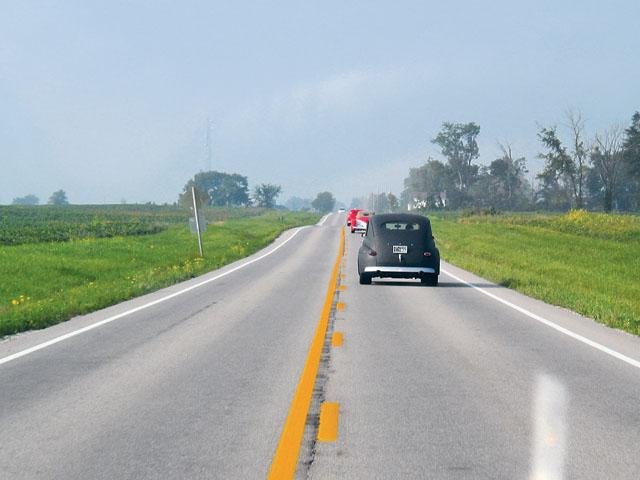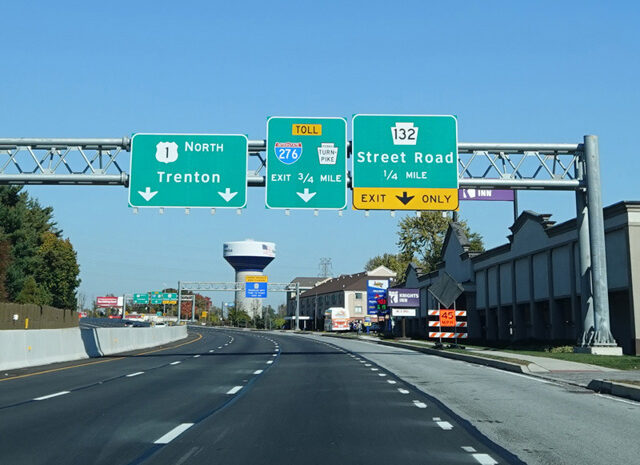In the realm of infrastructure development, few innovations hold as much promise and potential as automated road construction. This cutting-edge technology is poised to revolutionize the way we build and maintain roads, offering efficiency, safety, and sustainability like never before. As we stand at the precipice of a new era in transportation, it’s crucial to delve into the intricacies of automated road construction and envision the future it holds.
The Evolution of Road Construction
Traditional road construction methods have long been characterized by manual labor, heavy machinery, and time-consuming processes. While these techniques have served us well for decades, they are not without their limitations. Issues such as safety hazards, environmental impact, and project delays have plagued the industry, prompting the need for a more advanced approach.
Enter automated road construction. By leveraging technologies such as robotics, artificial intelligence, and advanced materials, automated systems are capable of performing tasks with unparalleled precision and efficiency. From grading and paving to line marking and maintenance, these systems can handle every aspect of road construction with minimal human intervention.
Advantages of Automated Road Construction
The benefits of automated road construction are manifold, offering advantages that extend beyond mere efficiency. One of the most significant benefits is safety. By reducing the need for human workers in hazardous environments, automated systems can mitigate the risk of accidents and injuries, ensuring safer worksites for all involved.
Furthermore, automated construction processes are inherently more precise and accurate than their manual counterparts. This precision results in smoother roads, improved drainage systems, and enhanced overall quality, leading to reduced maintenance costs and longer-lasting infrastructure.
Moreover, automated road construction is also environmentally friendly. By optimizing material usage, minimizing waste, and reducing carbon emissions, these systems contribute to a more sustainable approach to infrastructure development, aligning with global efforts to combat climate change. If you want to find great tips and ideas about the future of automated road construction, be sure to visit Line Marking Pro to learn more.

The Future Landscape
Looking ahead, the future of automated road construction is brimming with possibilities. As technology continues to advance, we can expect to see even greater levels of automation and efficiency in the industry. Innovations such as 3D printing, drone surveillance, and autonomous vehicles are poised to further streamline the construction process, making it faster, cheaper, and more environmentally sustainable.
Additionally, the integration of smart technologies holds the potential to transform roads into dynamic, data-driven assets. Imagine roads that can detect and respond to traffic patterns, weather conditions, and infrastructure needs in real-time, optimizing performance and enhancing safety for all road users.
Conclusion
In conclusion, the future of automated road construction is bright and full of promise. By harnessing the power of automation, we can revolutionize the way we build and maintain our infrastructure, creating safer, more efficient, and sustainable roads for generations to come. As we embrace these technologies and continue to innovate, we pave the way towards a brighter future for transportation and beyond.

